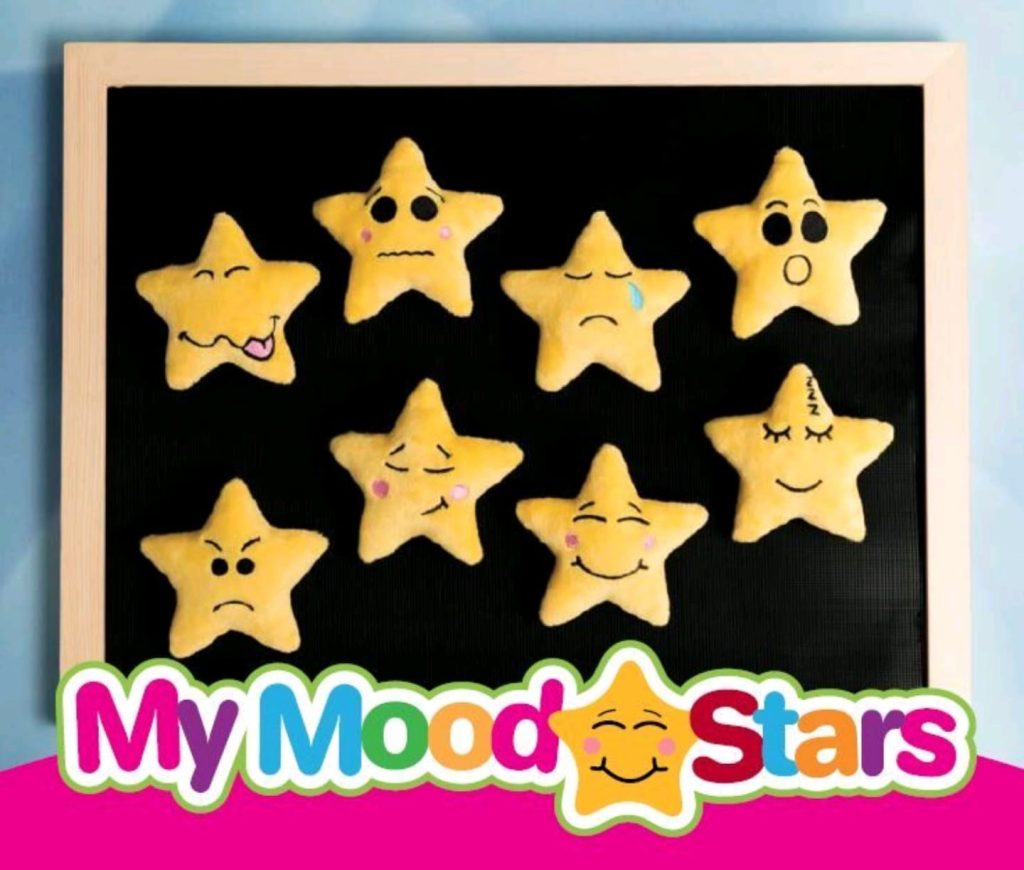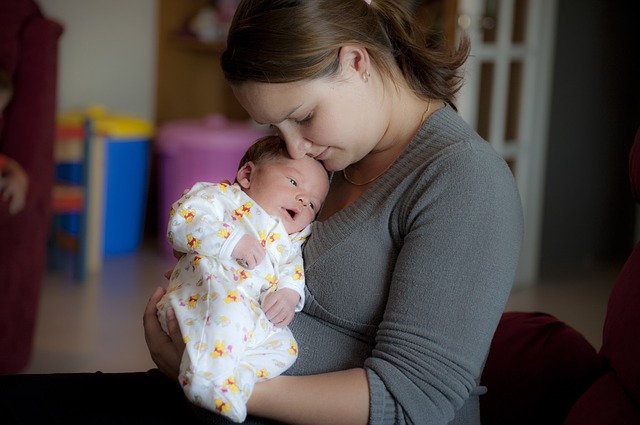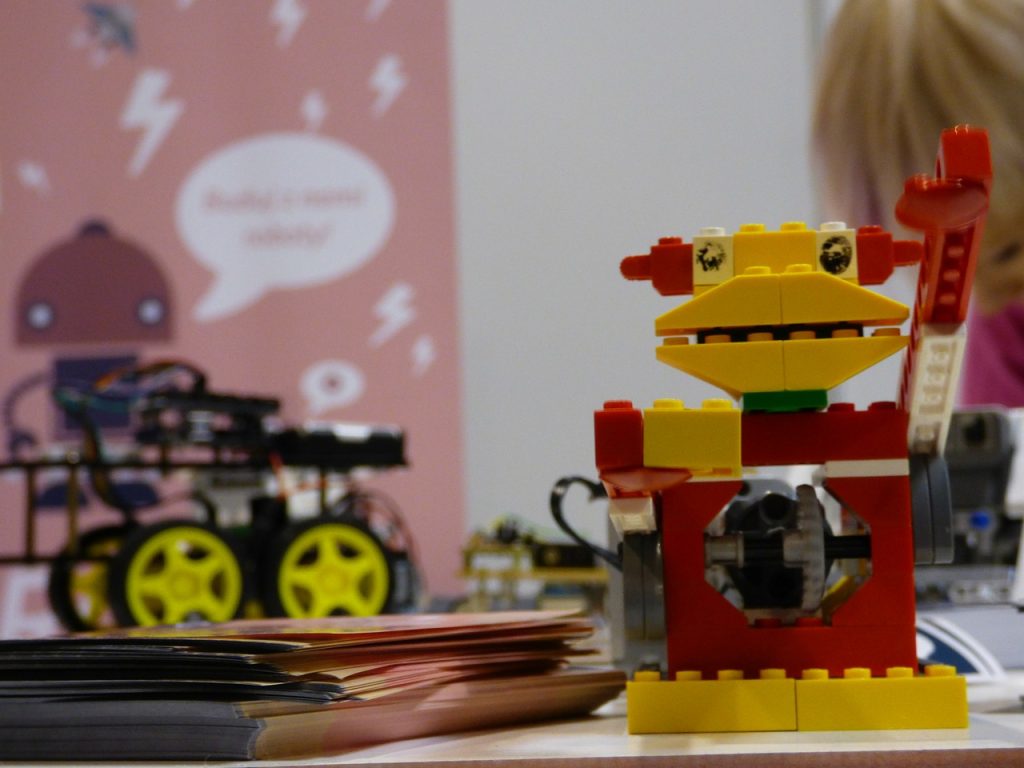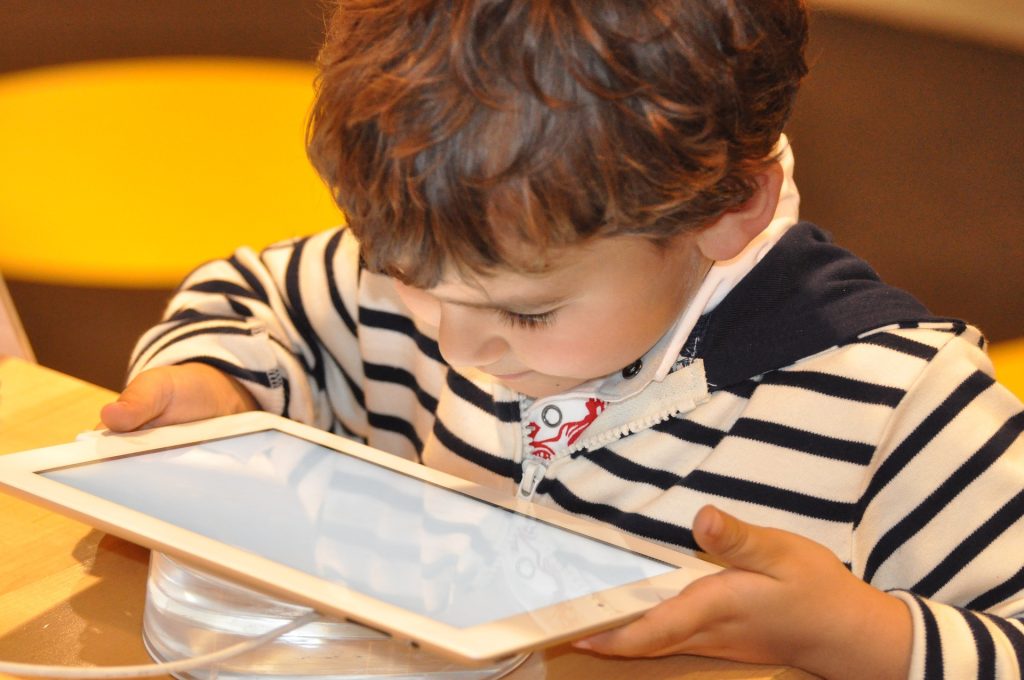Holiday pay
Employees accrue holiday entitlement as normal throughout the maternity leave and this includes any bank holidays that may fall during that leave and this is a cost to the employer.
Any such holiday accrued is normally either taken or paid for at the end of the leave.
Antenatal classes
Employees are entitled to paid time off to attend these and except from the first appointment you can request proof of this.
If possible they should arrange these appointments at times she is not working although if full time employee this may not be possible.
Keeping in Touch Days
Employees are entitled up to 10 days classed as keeping in touch and any days worked are paid in addition to any paid SMP and is at a cost to the employer.
These days can be used for work and irrespective of the hours worked each day it is classed as a full day for Keeping in Touch purposes.
Pension
If employee contributing to pension when they go maternity leave their pension contributions will be based on the SMP paid, but the employers contributions need to remain at the same level they were on before the maternity leave started.
For example if the employers contribution was £15.00 then irrespective of the SMP paid the employers contribution would remain at the £15.00 throughout the maternity leave.










